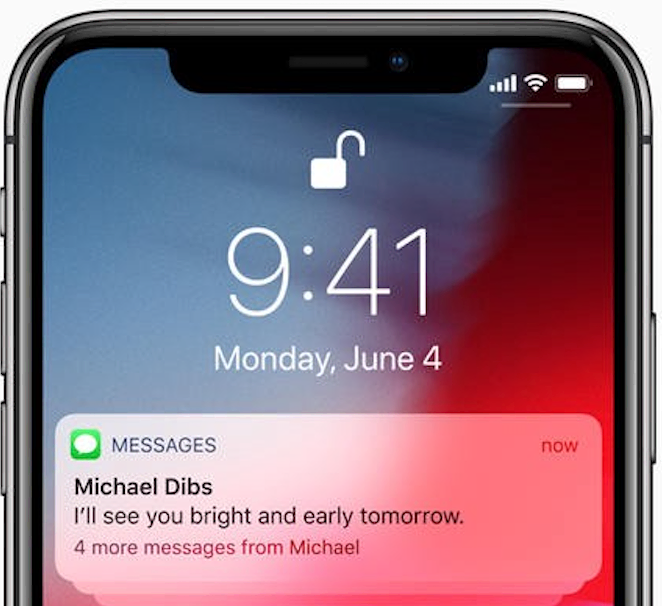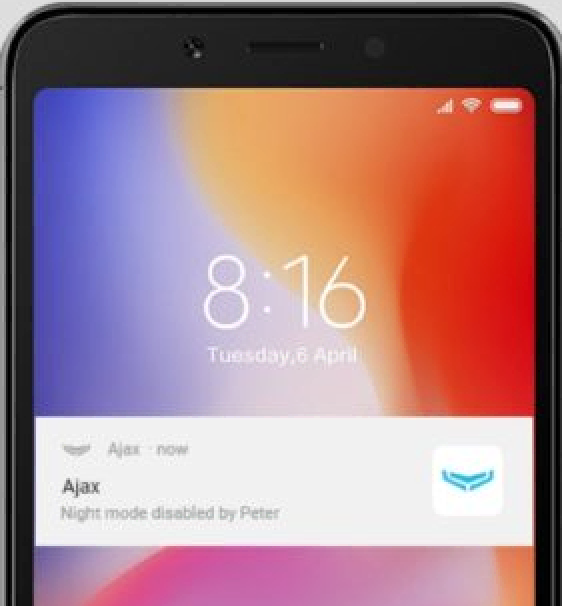Android and Apple iOS are the two major mobile operating systems. Both compete for the global market share, with Android leading in the market by a large margin. However, the two operating systems have distinct features and functionality that come with advantages and disadvantages.
The notification design on Android and iOS devices involves a pull-down notification bar, a small bar at the top of the screen that is used to display notifications to the user. Both operating systems provide a pull-down notification bar and share some similarities, such as expanding notifications to view detail and dismissing notifications. However, there are also some significant differences, such as opting in and out from receiving notifications and the presentation of notifications on the lock screen.
You need to understand how the two operating systems handle and manage notifications when you're building an application that will run on both. In this context, this article compares Android and iOS push notifications and provides some advice about how you can optimize your notifications for both. You can optimize the notifications by customizing them to specific platforms or users. This ensures that the notifications reach the maximum number of users.
Comparing Push Notifications on Android and iOS
There are several similarities and differences between push notifications on iOS and Android. On a basic level, you can see in the following screenshots that they look similar.
iOS's push notifications present like this:

Android push notifications present like this:

To ensure you are effectively engaging as many users as possible, you need to be aware of these differences and similarities and design your push notifications accordingly. The following sections discuss these similarities and differences, breaking them down into the following categories:
- User experience
- Interactivity
- Opt-in vs. opt-out model
- Visibility
The Push Notification User Experience on iOS and Android
Both mobile operating systems group notifications based on the application and priority. Grouping notifications improves user interactivity and reduces the number of notifications displayed on the notification bar, which helps prevent the user from being overwhelmed by too many notifications.
Even though both mobile operating systems handle notifications by grouping them, there are still differences in how the notification grouping is performed. The Android operating system groups notifications based on the application that sent the notification and the priority. The iOS operating system groups notifications based on the application that sent the notification and the recency of the notification. On Android, this means that the last-received notification will not appear at the top if it has a low priority, while on iOS, the notification received last will be at the top of the application notification grouping.
Grouping notifications saves space on the notification bar and makes it easier for users to scroll through the notifications quickly. It also expands the notification cluster when a user wants to see more detail about a specific notification and respond to it.
When designing notifications, you should ensure that the most important notifications are also set to have a high priority so that they will be visible on the notification bar even if the user receives several notifications.
Push Notification Interactivity
Regarding notification interactivity, both the Android and the iOS platforms provide similar functionalities. They offer a similar pattern in handling notification interactivity. In addition, both platforms provide an interface that makes it easier to interact with the notifications, thereby improving the user experience.
Users can view the notification by either swiping sideways (right or left) or downwards. The Android operating system provides a swipe-down interaction to perform a quick action, such as viewing the notification detail, responding to a message, or opening the application that sent the notification. In addition to the swipe-down interaction, the user can swipe sideways (right or left) to dismiss the notification from the notification bar.
On the iOS platform, users can swipe sideways (right or left) to view and interact with the notification via the provided quick actions. To dismiss the notification, the user can swipe the notification to the left or right and tap on Clear to remove it from the notification bar. This extra explicit action is provided to prevent the users from accidentally dismissing the notification.
Opt-In Model vs. Opt-Out Model
Android and iOS have different approaches to how users opt in or opt out of receiving push notifications. On Android, users are automatically opted in to receive push notifications as soon as they install an application. On the other hand, the iOS platform requires the users to manually grant permission to receive push notifications from applications after installation. Given that this process is automatic on Android, it's not surprising that there is a higher notification opt-in rate for Android than iOS.
In most cases, push notifications sent to Android users are delivered successfully since users are opted in to receive push notifications by default. However, push notifications sent to iOS users may not be delivered depending on the users' permission settings. Therefore, it's a good practice to explicitly ask the user to enable notifications when launching your application for the first time. You should also design your push notifications to target the maximum number of users regardless of the operating system.
Push Notification Visibility
Android always displays miniature icons on the notification bar, indicating the applications that have active notifications. These small icons make it easier for users to know they have received a notification from an application without pulling down the notification bar. In addition, this increases the notification visibility and response time.
Conversely, apart from pulling down the notification bar to view the notifications, iOS has no way to show notifications to users, thus reducing notification visibility.
By default, Android displays push notifications on the lock screen. However, to access the notification, a user must unlock the device. Push notifications are typically shown on the lock screens to ensure that users never miss any important notification. On iOS, notifications are cleared from the lock screen once the device is unlocked. The notifications are only accessible from the notification bar.
Improving Push Notification Performance
When it comes to successful push notification marketing campaigns, it is essential to consider both Android and iOS platforms. The following are simple ways to send users customized and targeted push notifications, irrespective of their mobile operating system:
- Use notification channels to reach a specific target of users.
- Geofence push notifications to send notifications to users in particular geographic locations.
- Add graphic content to the notification to improve notification visibility.
- Create a sense of urgency by using a phrase like “ending soon” in your notification text to increase the chances of notification interactivity.
Conclusion
Push notifications are a great way to engage users. You can use push notifications to send out critical announcements, updates, and promotional offers. You can also use push notifications to send targeted messages to users based on their device type or preference. Push notifications are essential to your marketing strategy to engage with your customers. However, as you have seen, you need to design the push notifications differently based on your target platform. For example, on the iOS platform, it is a good practice to remind the users to enable notifications whenever they install your app. On the other hand, the Android platform does not require the extra step to enable push notifications since they are all enabled by default.
Though there are countless push notification providers, Courier provides one of the most straightforward and functional APIs to integrate on the mobile and the server side. In addition to sending push notifications, Courier also provides a way to manage notification channels. You can use Courier to deliver a great user experience and ensure consistency in your push notifications across both Android and iOS without worrying about the nuances of the two platforms.
Author: Paul Odhiambo
